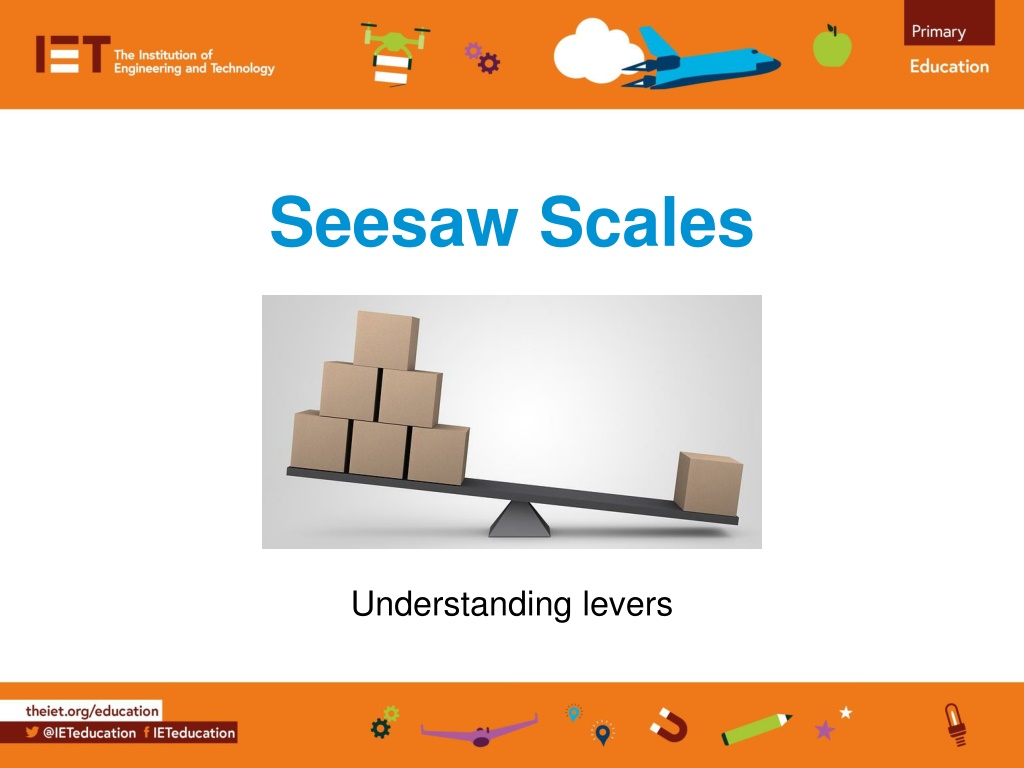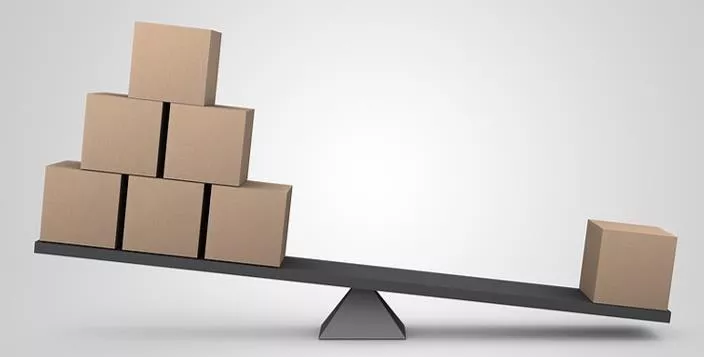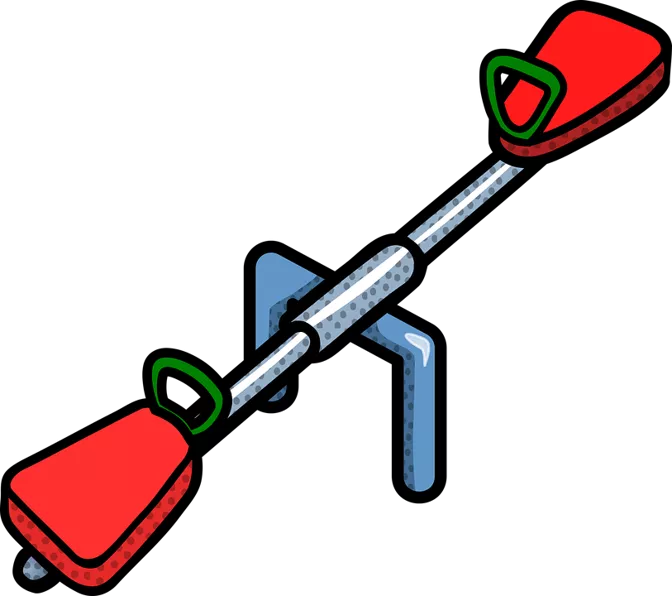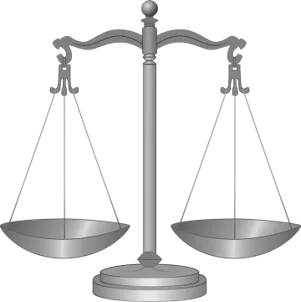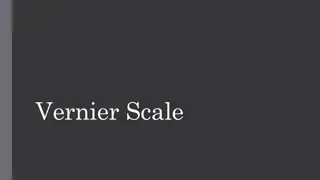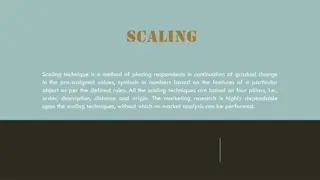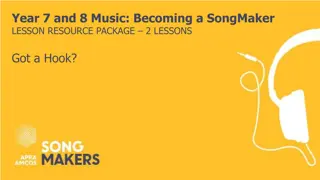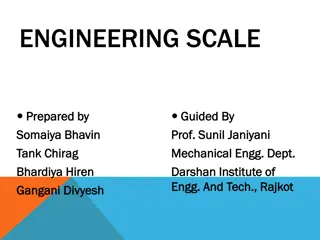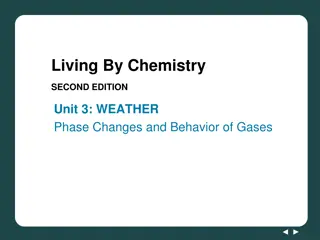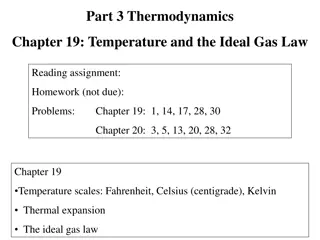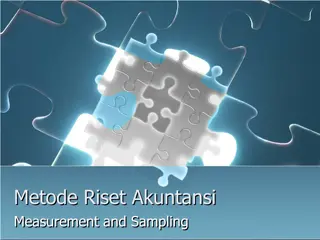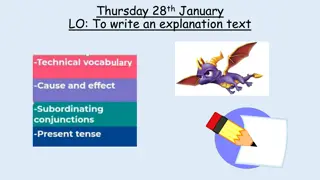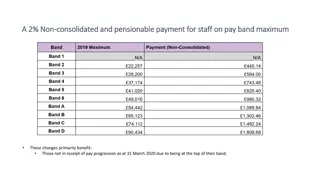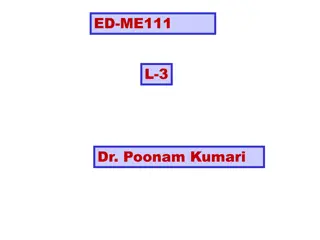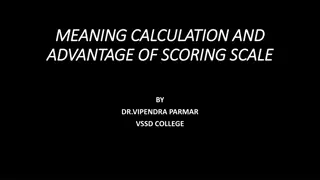Seesaw Scales
Delve into the world of levers with detailed explanations, examples, and practical experiments to better comprehend their functions and applications. Explore the concept of fulcrums, efforts, and loads through interactive setups and hands-on activities.
Download Presentation

Please find below an Image/Link to download the presentation.
The content on the website is provided AS IS for your information and personal use only. It may not be sold, licensed, or shared on other websites without obtaining consent from the author.If you encounter any issues during the download, it is possible that the publisher has removed the file from their server.
You are allowed to download the files provided on this website for personal or commercial use, subject to the condition that they are used lawfully. All files are the property of their respective owners.
The content on the website is provided AS IS for your information and personal use only. It may not be sold, licensed, or shared on other websites without obtaining consent from the author.
E N D
Presentation Transcript
Seesaw Scales Understanding levers
What is a Lever? A lever is a simple machine It is used to change the size or direction of a force Examples of levers include seesaws, old-style kitchen scales, wheelbarrows and nutcrackers
Parts of a Lever Effort Load Beam Fulcrum
So What happens here? The load and effort are the same force (weight). They are each the same distance from the fulcrum. Effort Load Fulcrum
And What happens here? The load and effort are the same force (weight). The distance from the load to the fulcrum is less than the distance from the load to the effort. Load Load Effort Effort Fulcrum Fulcrum
And What happens this time? The load is bigger than the effort. They are each the same distance from the fulcrum. Effort Effort Load Load Fulcrum Fulcrum
Now do this Create the set up shown below: Effort cup Ruler Load cup Binder clip (fulcrum) Use sticky tape to hold the binder clip and cups in place
Measuring and Recording Results 1) Put different weights in the two cups. 2) Move the ruler along the fulcrum until it balances, then note the distance from the fulcrum to each cup. 3) Record your results in a table. Number of weights in load cup 1 2 3 4 5 Number of weights in effort cup 1 1 1 1 1 Distance from load cup to fulcrum, mm Distance from effort cup to fulcrum, mm
Now do this 1. Use different combinations of weights for example, 2 in the load cup, 3 in the effort cup. What is the distance from the fulcrum that this needs to balance? 2. Put different (unequal) weights in the two cups can you work out the distance to the fulcrum to make it balance? Carry out a test to see if your calculation is correct. 3. Get a friend to put some weights in a cup and cover it with a piece of paper so you can t see them. Can you work out what the weight is by putting weights in the other cup and measuring the distance from the fulcrum?
